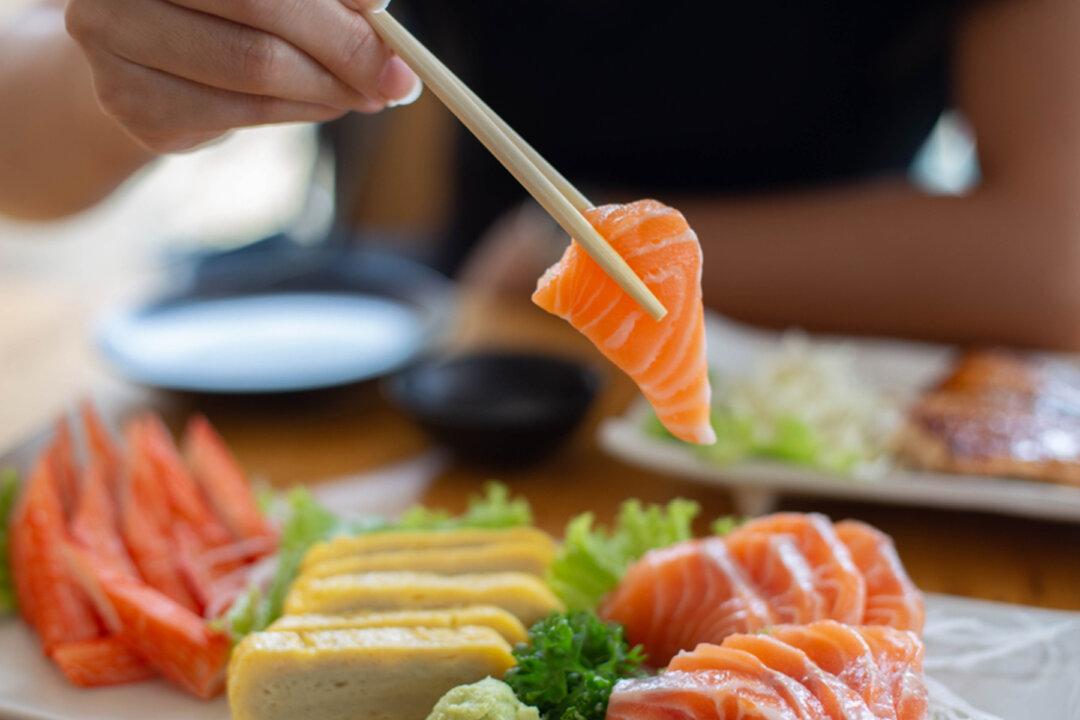It’s the stuff of nightmares.
Sushi lovers like to think the raw fish dish they enjoy is safe. That was not the case for an anonymous 25-year-old woman in Japan who arrived at St. Luke’s International Hospital in Tokyo complaining of a sore throat earlier this year.






